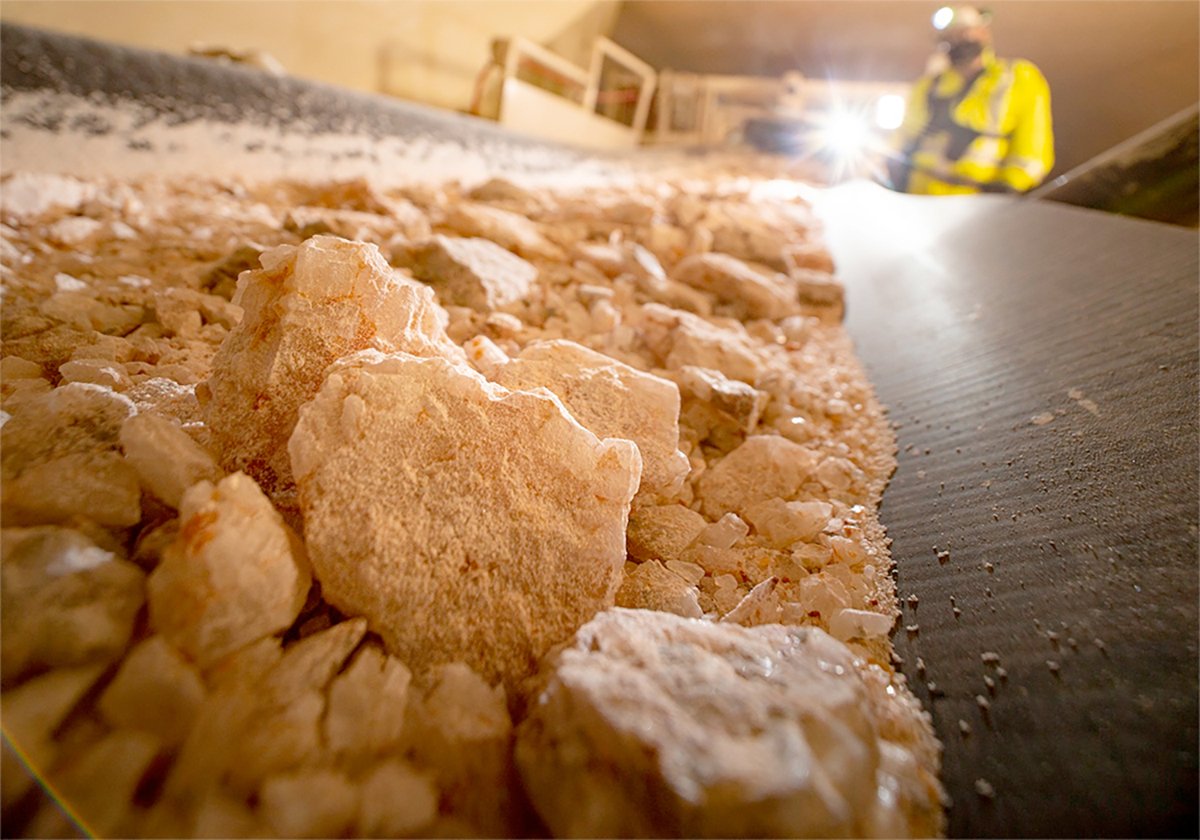Forage crops may do better if seeded without a cover crop, says an agronomist with an Alberta research group.
Jenifer Heyden, forage and livestock agronomist with the Battle River Research Group, said early research in demonstration plots show forages planted without a cover crop have thicker, healthier stands than those planted with a cover crop.
“Ones without a cover crop tend to be doing better,” said Heyden of the three plots in the Counties of Beaver and Paintearth in the three-year research trial.
The difference was clearly visible in the establishment year, said Heyden.
Read Also

Saskatchewan looks to expand trade in Indonesia
Saskatchewan intends to increase its agricultural partnership with Indonesia.
“Forage plants established with a cover crop tended to be spindly and had few leaves.”
The leaves on the plants without a cover crop were lush and healthy.
Weeds were a problem on the plots without a cover crop in the establishment year. This year, with plenty of moisture and good vigorous growth, weed problems are less prevalent.
Heyden said the project was started after other agriculture research across the Prairies pointed to better establishment of forages without a cover crop.
During the project, tap-rooted alfalfa, creeping rooted alfalfa, smooth brome and meadow brome were seeded with no cover crop and a cover crop at one-third and two-thirds the normal seeding rate. Oats, triticale, barley and annual ryegrass were used as cover crops.
The forage plots with barley and oats seeded at two-thirds a normal seeding rate were the most dramatically reduced, she said.
This fall, yield and quality samples will be taken and a cost benefit analysis done to see if the quicker and stronger establishment outweighs the loss of the money from no cover crop in the first year.
Since the information was released, Heyden has received several calls questioning the validity of not growing a cover crop.
“Most people are used to doing it with the cover crop,” she said.
Heyden said the research group does not recommend that farmers eliminate a cover crop, only that they look at options before automatically seeding it.
“If they’re not making extra money on a cover crop, maybe it’s not worth it.”














